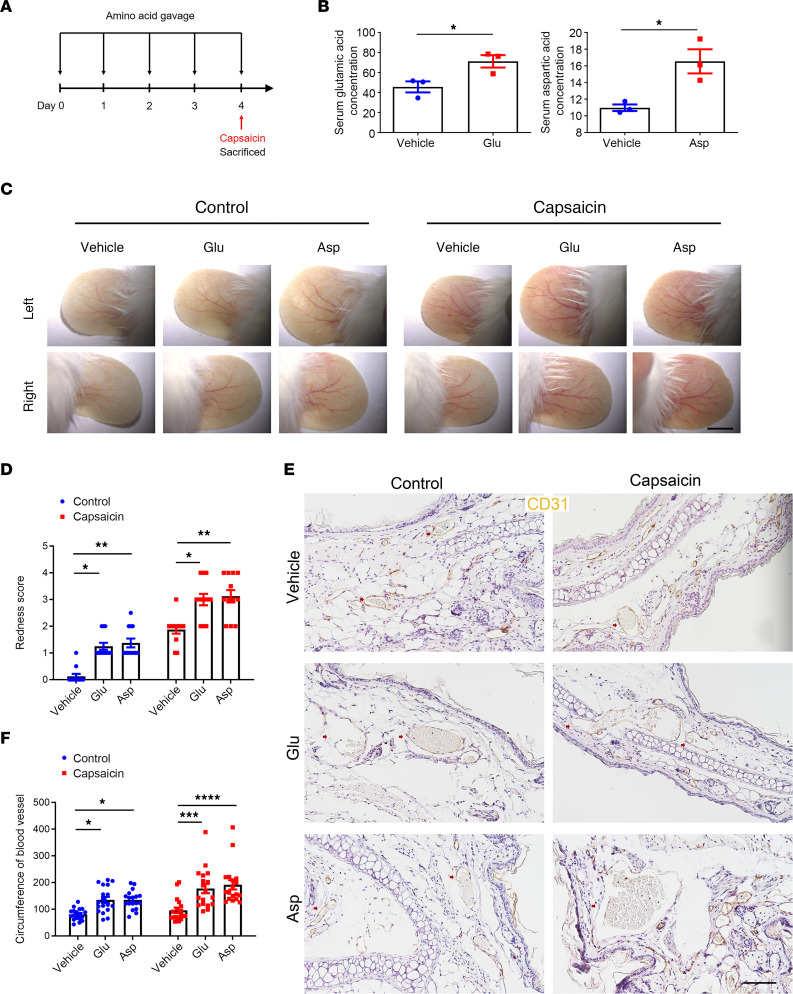Figure 3. Glutamic acid and aspartic acid exacerbate rosacea-like erythema and vasodilation in mice.
(A) Schematic diagram of gavage administration of glutamic acid or aspartic acid for 5 continuous days before smearing with capsaicin on ears. Mice were sacrificed on day 4 to conduct subsequent experiments. The mouse experiments were repeated 3 times, and 5–8 mice were included in each group each time. The results of a representative mouse experiment are displayed. (B) Serum levels of glutamic acid and aspartic acid in mice after gavage for 5 days continuously (n = 3 for each group). (C) The ears of mice were smeared with capsaicin or control vehicle (n = 6 mice for each group). Images were taken 30 minutes after capsaicin administration. Scale bar, 2 mm. (D) The severity of the rosacea-like phenotype was evaluated on account of the redness score (n = 6 mice for each group). (E) IHC of CD31 on ear sections from mice. Scale bar, 100 μm. (F) The circumference of blood vessels in each group was calculated (n = 6 mice for each group). All results are representative of at least 3 independent experiments. Data represent the mean ± SEM. *P < 0.05, **P < 0.01, ***P < 0.001, ****P < 0.0001. Two-tailed unpaired Student’s t test (B) or 1-way ANOVA with Bonferroni’s post hoc test (D and F) was used.

